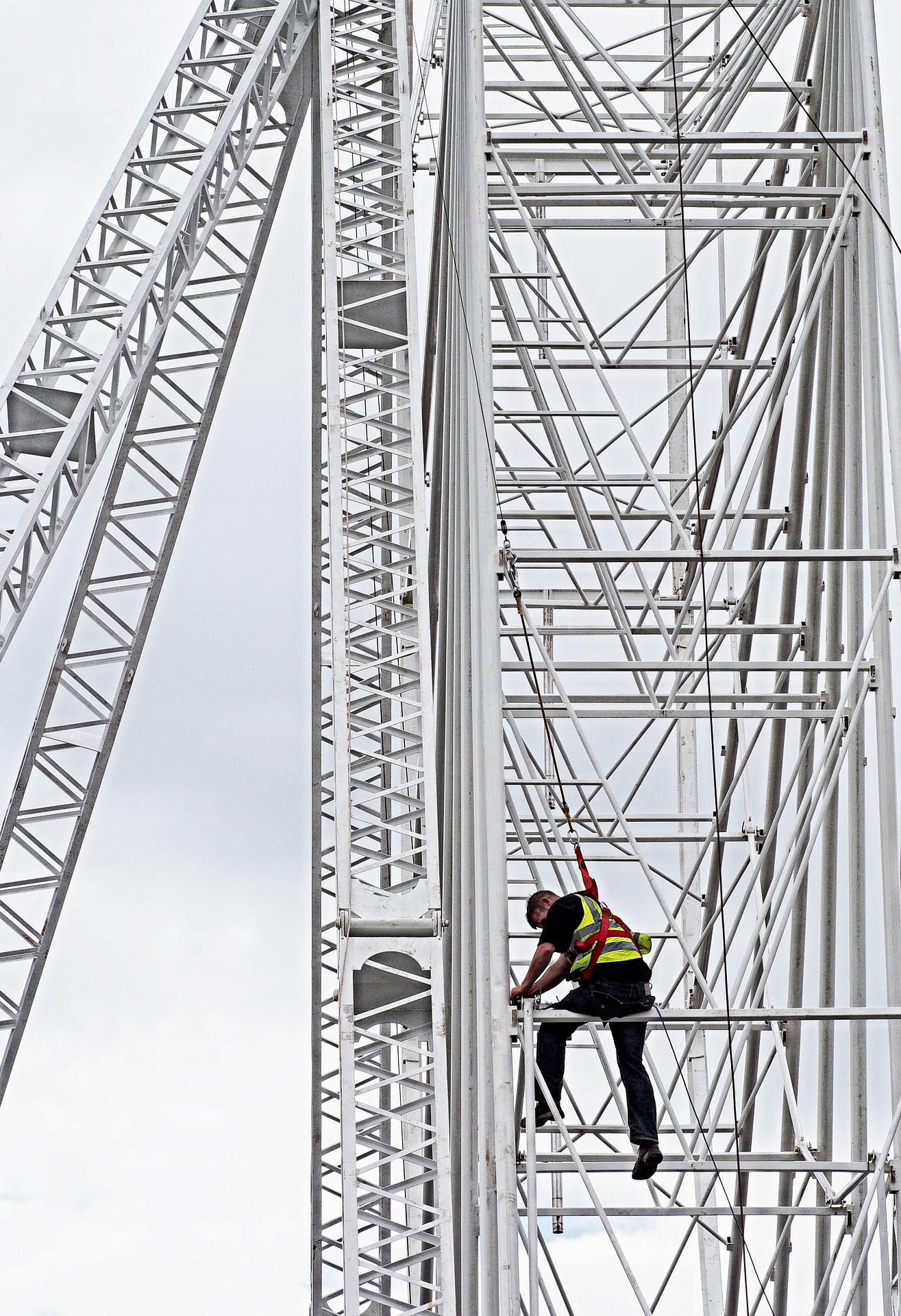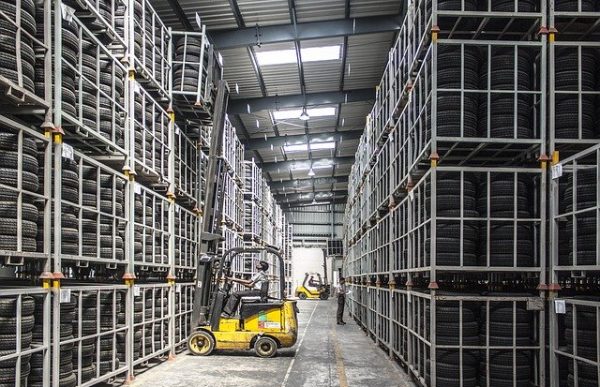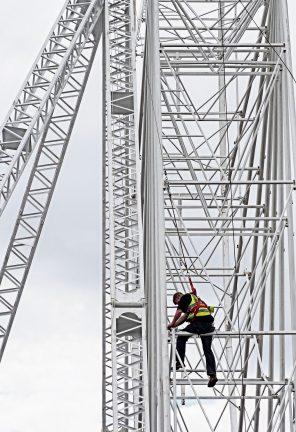
Reliance on Specialty and Expert Contractors for OSHA Compliance Must Be Reasonable.
February 8, 2020
UPDATE – Recording COVID-19 Infections on OSHA 300 Logs
April 12, 2020What you should know: The Commission will soon have occasion to consider the extent to which employers must ensure stored product remains stable upon accidental contact by forklifts. As things stand, employers should ensure that pallets and stacked product are able to withstand accidental “bumps” from powered industrial trucks. Moreover, employers should create work rules removing employees from the loading/unloading area.
29 C.F.R. § 1910.176(b) (the “Materials Storage Rule”) is an awfully big rule. It is part of the Materials Handling standard, and states:
Secure storage. Storage of material shall not create a hazard. Bags, containers, bundles, etc., stored in tiers shall be stacked, blocked, interlocked and limited in height so that they are stable and secure against sliding or collapse.
OSHA uses Materials Storage Rule for just about anything: bent or displaced racking, falling materials, precariously stacked boxes, and so on. In practice, one might think of the Materials Storage Rule as effectively to codifying the General Duty Clause (29 U.S. Code § 654(a)(1)) for hazards related to material storage.
The Racking System and the “Dynamic” Warehouse Atmosphere.
Warehouses can be busy, “dynamic” places. When employees are near shaky or wobbly racking, OSHA takes the view that they are exposed to the hazards of falling or dislodged material. That is precisely the issue presented by the Walmart decision now on appeal to the Occupational Safety and Health Review Commission.
Walmart, along with most in the industry, uses a “selective racking” system for its pallet storage system. The selective racking system holds pallets on two orange beams (a front beam and a back beam), and stores the pallets as high as fifty feet.
Walmart fills its orders through the combinatory efforts of employees on foot and powered industrial trucks. Powered industrial trucks bring merchandise to the desired aisle and place the merchandise in the proper slot. Employees on foot walk up and down the aisles, and remove items from the rack to fill orders.
Occasionally, the driver operating the powered industrial truck moving merchandise bumps neighboring pallets—causing the pallet to shift and items to fall off the pallet. And, according to OSHA, that is exactly what happened when a can of crescent rolls became dislodged and struck an employee.
OSHA cited Walmart for violating the Materials Storage Rule and Administrative Law Judge Bell affirmed the citation. The case is currently awaiting review by the Commission.
Arguments to Watch On Appeal – Does the standard apply? Was it violated?
With the Commission set to review the case, there are several arguments to keep an eye on – including a pair of arguments questioning whether the Materials Storage Standard was violated.
Before ALJ Bell, Walmart argued that, if the dislodged material was only in the process of being stored, could that material be improperly stored? In other words, does the standard apply to material that is being transported or maneuvered to its eventual storage location? ALJ Bell rejected the argument because the crescent rolls that fell through the rack were on the rack prior to the accident.
Second, Walmart argued the pallet was stable in the racking system, and would have remained so had it not been struck by another pallet. ALJ Bell cited a 1984 Commission case (Clement Food Co., 11 BNA OSHC 2120) to support his conclusion that material must be stable and secure even when struck by forklifts. Given that the pallets were constantly being placed and pulled from racks, and the pallets were larger than the selective racking system racks, ALJ Bell found that the evidence showed the racks became unstable when struck by moving equipment.
In so finding, ALJ Bel relied upon the Clement Food Co. holding that stacked product must withstand the “shock or vibrations from forklift trucks and machinery in the area”.
Arguments to Watch On Appeal – What about a “20 foot” Rule?
In addition to its arguments that the Materials Storage Standard did not apply or was not violated, Walmart argued that it had “20-foot rule” that keeps employees away from forklifts loading and unloading pallets. The “20-foot rule” requires order fillers to stay 20 feet back when a driver honks their horn and yells “20 feet” while placing items in, or removing items from, the storage rack. The injured employee, according to Walmart, failed to follow the 20 foot rule when she was injured.
Work rules (i.e. “administrative controls”) prohibiting employees from entering the “danger zone” are frequently used by employers in defense of OSHA citations. The idea is that by mandating employees stay away from a hazard, OSHA cannot show that employees are endangered by the hazard. But the argument is infrequently successful in court—mostly because employers have a hard time demonstrating that the rule is successful in preventing exposure. In the Walmart decision, ALJ Bell found the work rule completely ineffective: not only was a Walmart employee injured, but there was testimony that the “20-foot rule” was not always followed.
Awaiting Resolution on Appeal.
With the Commission back to work, we will await evaluation of these arguments by the Commission—especially to see if the Commission curtails ALJ Bell’s expansion of the Clement Food Co. case or gives greater weight to Walmart’s 20 foot rule.




